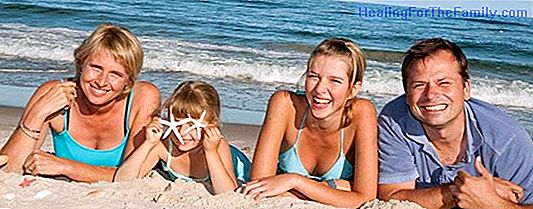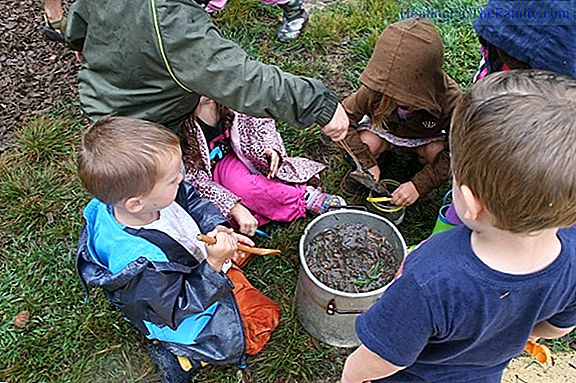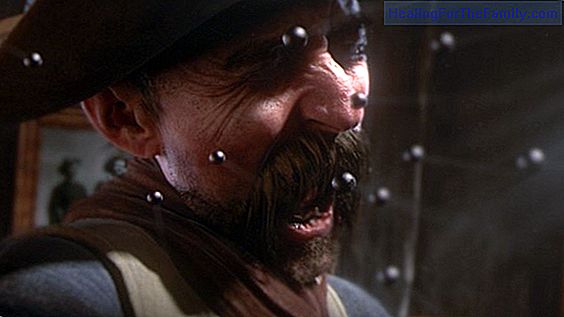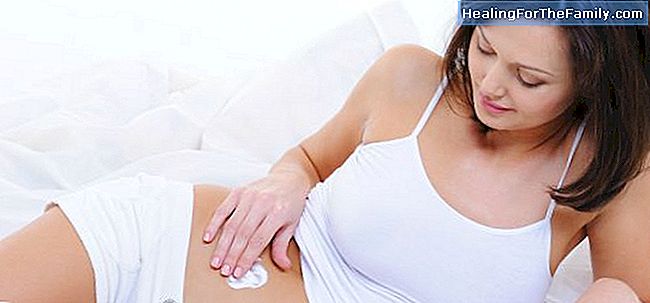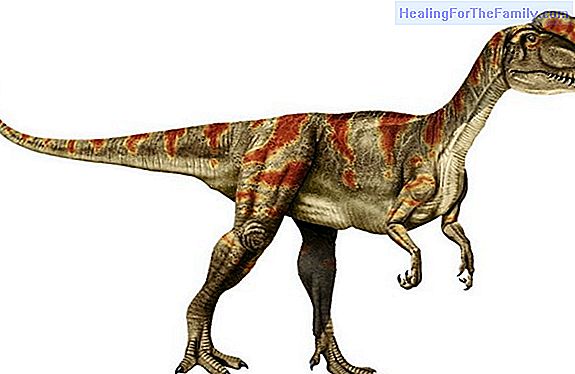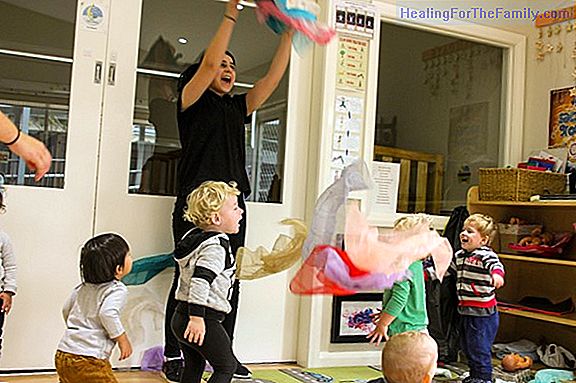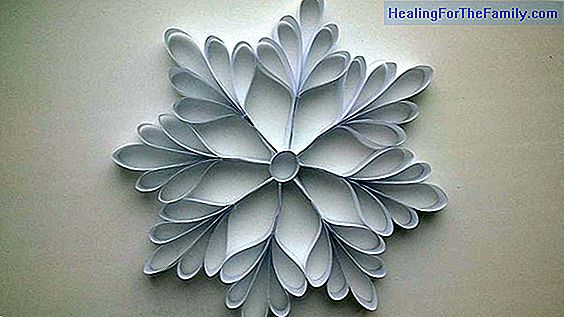What to do if the child is bitten by a bee or a wasp
In places with a lot of vegetation or where there is standing water, it is very normal to find hives and honeycombs of bees and wasps . They usually have more activity in hot weather and especially at sunset. There are several species of wasps. The most common nest in small hives and appear as soon
In places with a lot of vegetation or where there is standing water, it is very normal to find hives and honeycombs of bees and wasps. They usually have more activity in hot weather and especially at sunset.
There are several species of wasps. The most common nest in small hives and appear as soon as we take the children's snack, we are in the pool or picnic. They usually have a sharp sting and after chopping several times they continue to live. The bees have a spear in the shape of a harpoon that is stuck in the skin along with the venom and part of the bee's intestines, so they die after itching.
How to treat the child with a bee or wasp sting
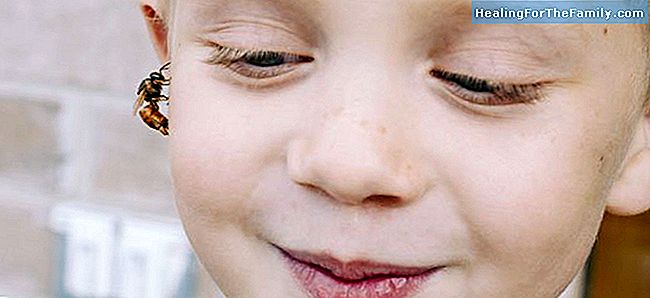
The first thing to do if the child has been bitten by a bee is to extract the stinger without pressing into the poison bag to avoid introducing more. The treatment before a wasp or bee sting depends on whether the reaction is local or generalized:
- The local reaction manifests itself with swelling, redness and pain in the area of the sting. The treatment goes through cleaning the area with soap and water and even diluted ammonia or bicarbonate can be applied to neutralize the poison. You can also apply cold compresses in the area and we should prevent the child from scratching. Depending on the degree of swelling you may be prescribed an antihistamine and corticosteroids.
- The generalized reaction causes general discomfort, shortness of breath, intense inflammation even in areas where there have been no pecks, hives, sneezing, dizziness, loss of tension and even loss of consciousness. It is known as anaphylactic reaction. If the child has these symptoms should go immediately to the emergency room and administer at the time adrenaline and antihistamines and corticosteroids if available.
How to prevent a wasp or a bee from stinging a child
Many times children run away or try to scare away bees and bees, however it is best to do the opposite: Permane - Stay calm and move slowly without flapping your arms.
- Do not throw stones or objects at honeycombs or get too close.
- Keep food covered until we eat it and do not leave open sweet drinks at your fingertips.
- Avoid stepping barefoot and shaking clothes before dressing the child.
How to know if the child is allergic to the venom of the bee sting
If the child has received a bee or wasp sting at a certain moment and has had a local intense reaction or has reached an episode of anaphylaxis, it must be evaluated by an allergist.
Children who are allergic to the venom of bees and wasps should
always carry a kit with auto-injectable adrenaline, corticosteroids and oral antihistamines. Children need to know how to self-administer adrenaline if they are old enough or parents are trained to do so in case they are small. The treatment given to allergic children is
specific immunotherapy that happens by injecting the child with the same poison in small doses to generate an immunity. It is done over 5 years and the child is protected for more than 10 years.




